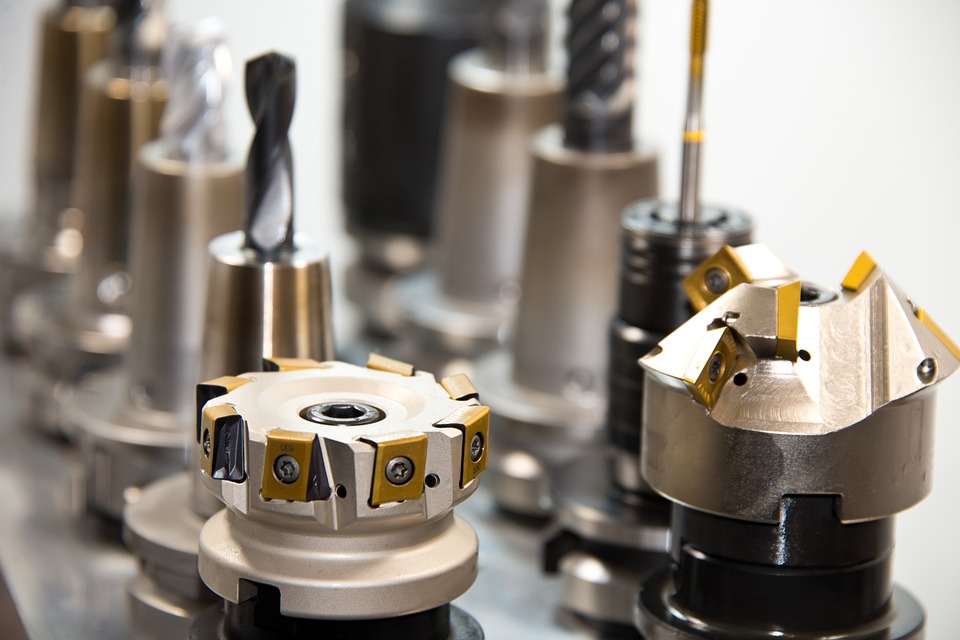
Tool deflection is an extremely common challenge in CNC machining. This can instigate machine chatter, but it could also ruin the surface finish of a machined piece. It could even mess up the dimensional accuracy of the part. These are some of the consequences of tool deflection. Usually the tool is firmly placed in the cuck, but during the operation it could happen that the material’s opposing force surpasses the operational force of the tool. It will then push or deflect the tool in an unexpected direction. This is not what you want, since the CNC machining operation, the accuracy, and the surface finish does depend on the tool alignment. If tool deflection occurs, it may thus result in several errors in this process. This could also lead to a higher CNC quote. You therefore want to reduce tool deflection in CNC machining, which can be done with the three strategies below.
Enhance tool core strength
The core strength of a tool depends on its flute length and reach. The difference between the flute length and reach will define the rigidity of the core. Therefore, if it is a radial consistent CNC machining operation a long flute tool usually performs really well. The core diameter needs to be kept thick so it offers more material wall to absorb shear stress. Therefore, the core strength and rigidity will increase.
Minimize overhang length
The distance between the operating tip of a tool and the clutching point of a CNC tool is called the overhang length. Since the tool is mounted as a cantilever beam, it will always be subjected to bending stress and external horizontal and vertical forces. According to the load stress theory for a cantilever beam, the shorter the overhang length, the lower the bend stress impact is. Based on this concept, the minimization of overhang length of the tool will help to reduce tool deflection in CNC machining.
Enhance tool stiffness
Usually CNC machining tools are made of high speed steel, also referred to as HSS. This is good for machining operations, but HSS tools are prone to deflection when it is exposed to higher stress load. Tools made of carbide are a good solution over HSS tools. This is the case carbide is 3 times more rigid than HSS. On the other hand, carbide is a brittle material. It can thus be used for the reduction of tool deflection.
